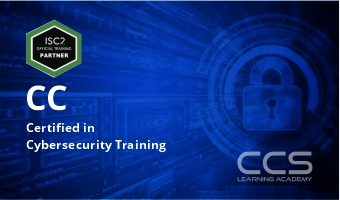Filter by Topic
Filter by Vendor
Business Etiquette Workshop
Course Description This course examines the basics of business etiquette: …
Meeting Management Workshop
Course Description This workshop is designed to give your participants …
Coaching and Mentoring Workshop
Course Description You are in your office looking over your …
Delivering Constructive Criticism Workshop
Course Description Delivering Constructive Criticism is one of the most …
Advanced Strategic Planning Made Simple
Course Description Strategic planning is the process of defining a …
The New Leadership Basics
Course Description In this course, leaders understand how to create …
CC (Certified in Cybersecurity) Exam Prep | eLearning Bundle
Course Description Through self-paced learning content this course will cover …
CC – Certified in Cybersecurity Training
Things you will get to learn in our CC – …










